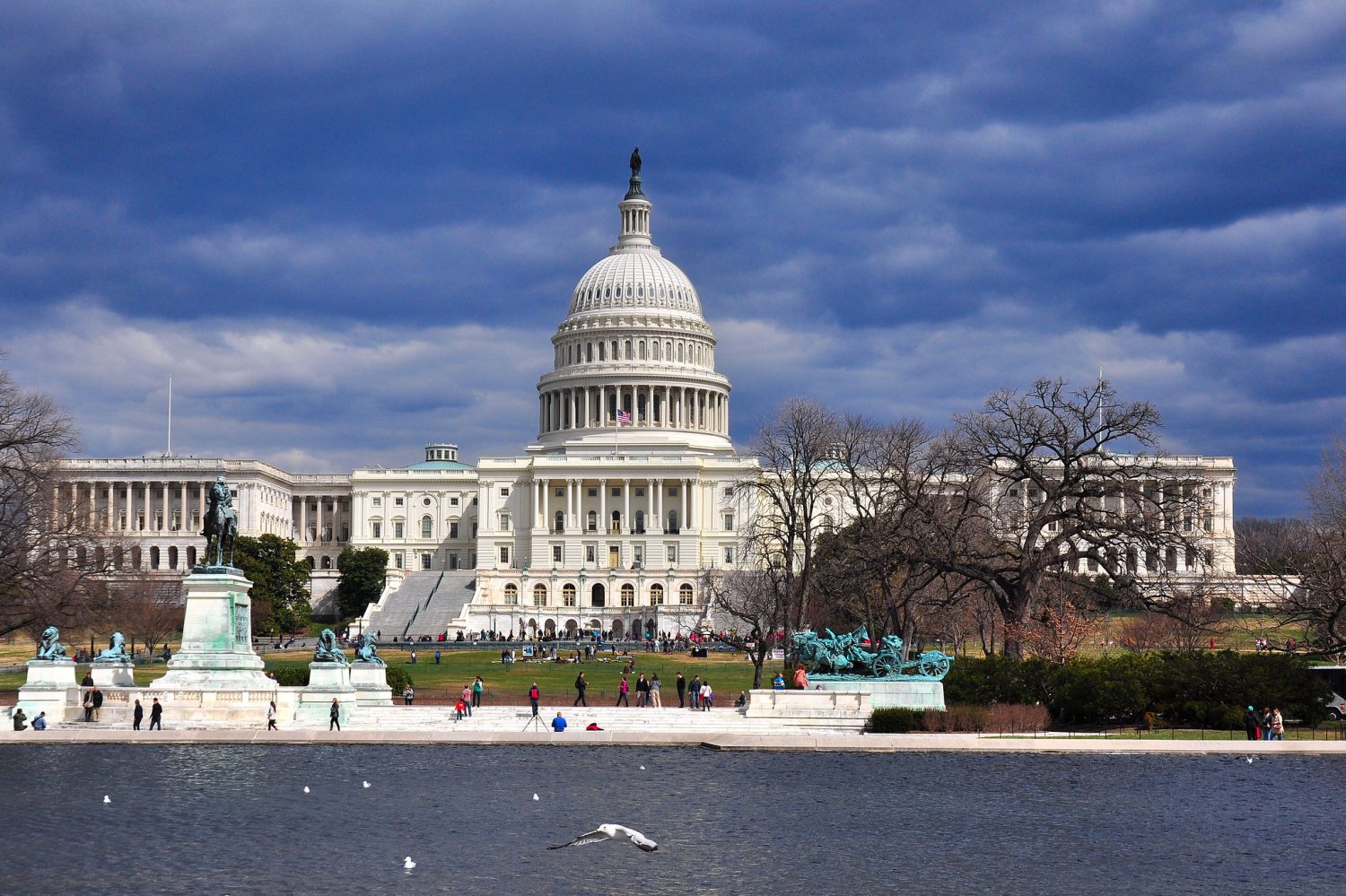
A new bipartisan bill has been introduced in the US Senate with the principal objective of streamlining, speeding, and broadening the process under which the Federal Aviation Administration (FAA) authorizes beyond visual line of sight (BVLOS) drone flights by businesses and public agencies.
On its face, the “Increasing Competitiveness for American Drones Act of 2023” draft law introduced by Democrat Senator Mark Warner of Virginia and his GOP partner John Thune of South Dakota aims to limber up FAA treatment of BVLOS applications – and widen their approval – to keep pace with the rapidly changing realities of drone operations.
Read: uAvionix BVLOS approval with Choctaw Nation of Oklahoma is its second in two weeks
In a nutshell, the bill seeks to eliminate the rigors and formidable hurdles of that process at a time when requests for BVLOS flights are not only rising, but will have to become standard operating procedure if commercial UAV activity is ever going to scale to its full potential.
In addition to business and administrative pragmatics, however, the draft also contains a degree of defensive protectionism in seeking to essentially force the FAA to get more BVLOS drone flights aloft, and thereby avoid US companies being overtaken by those in countries where approval comes faster and easier.
While that objective may be reasonable, in making his arguments on behalf of the bill, Warner jumped the logic gap by equating administrators issuing more BVLOS authorizations with the future of US drone manufacturing.
“If we want the drones of tomorrow to be manufactured in the US and not in China, we have to start working today to integrate them into our airspace,” Warner says, echoing some of the prevailing geo-political tensions in Washington as he introduced an otherwise practical text. “Revamping the process for approving commercial drone flight will catapult the United States into the 21st century, allowing us to finally start competing at the global level as technological advancements make drone usage ever more common.”
In presenting the bill, its authors stated the FAA has yet to specify a consistent set of criteria for approving BVLOS drone flight requests. That, it continued has made the process slow, unpredictable, tricky for applicants to effectively prepare for, and thus far prone to issuing too few waivers compared to demand.
To resolve the administrative logjam, the bill proposes to add – wait for it – more administrators to the process. Notably a new Associate Administrator of UAS Integration position is to be created, as well as a UAS Certification Unit acting as the only authority issuing rules, certifications, and waivers.
Read more: FAA grants uAvionix BVLOS approval for Vantis drone network
Though that would create a “central rulemaking body for UAS, allowing for a more uniform process,” according to the Warner-Thune statement, the FAA would still have work to do in establishing a “’risk methodology,’ which will be used to determine what level of regulatory scrutiny is required” for the following categories:
- Operators of small UAS under 55lbs simply have to declare that they conducted a risk assessment and meet the standard, subject to audit compliance by the FAA.
- Operators of UAS between 55lbs and 1320lbs must submit materials based on the risk assessment to the FAA to seek a “Special Airworthiness Certificate.” UAS in this category may be limited to operating no more than 400 feet above ground level.
- Finally, operators of UAS over 1320lbs must undergo the full “type certification” process—the standard approval process for crewed aircraft.
“Drones have the potential to transform the economy, with innovative opportunities for transportation and agriculture that would benefit rural states like South Dakota,” said Thune. “I’m proud to support this legislation that provides a clear framework for the approval of complex drone operations, furthering the integration of these aircraft into the National Airspace System.”
FTC: We use income earning auto affiliate links. More.




Comments